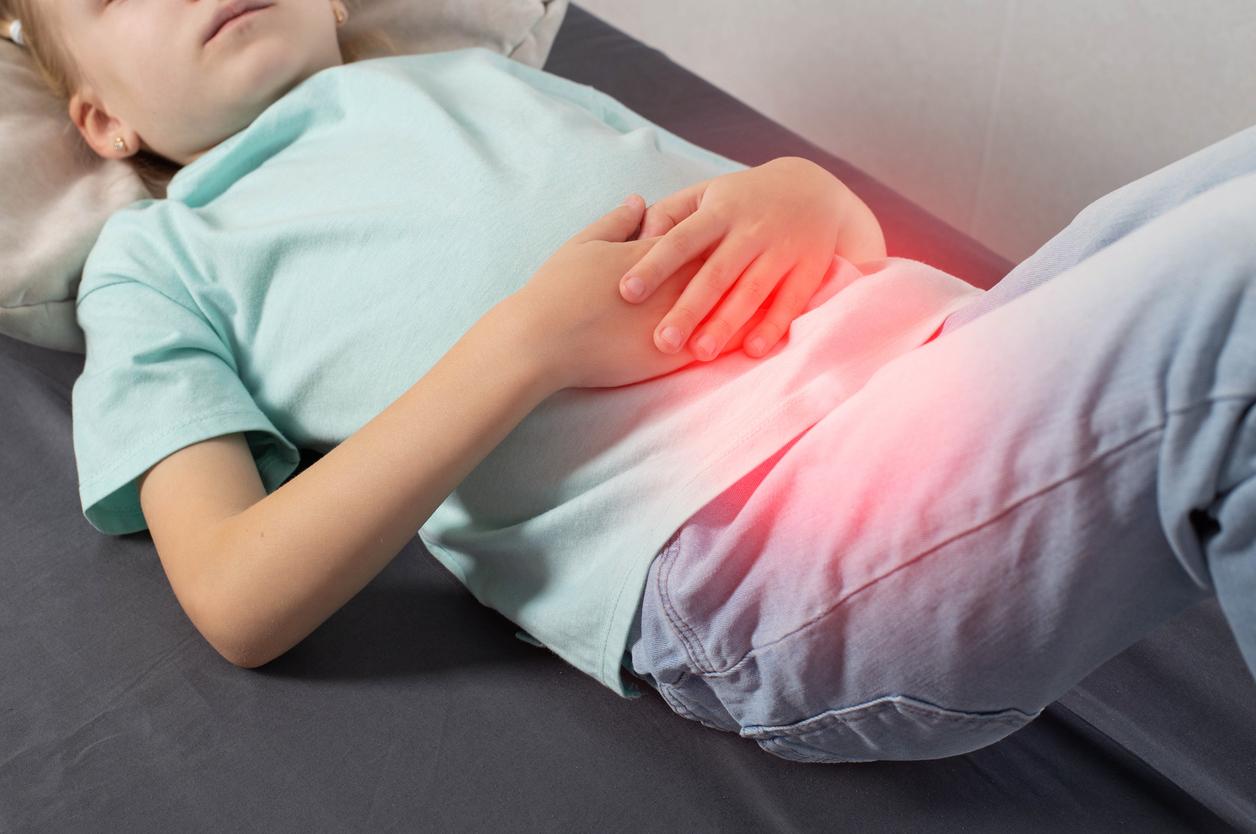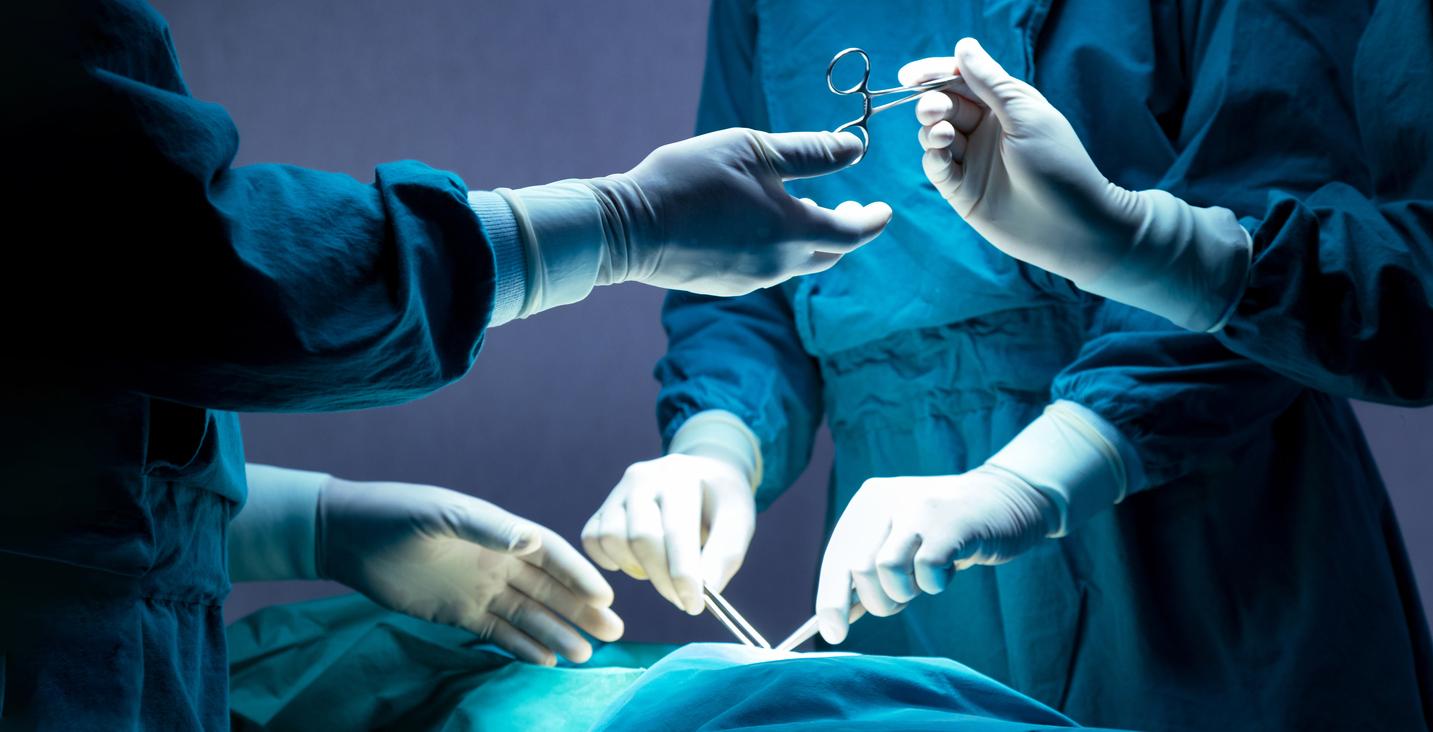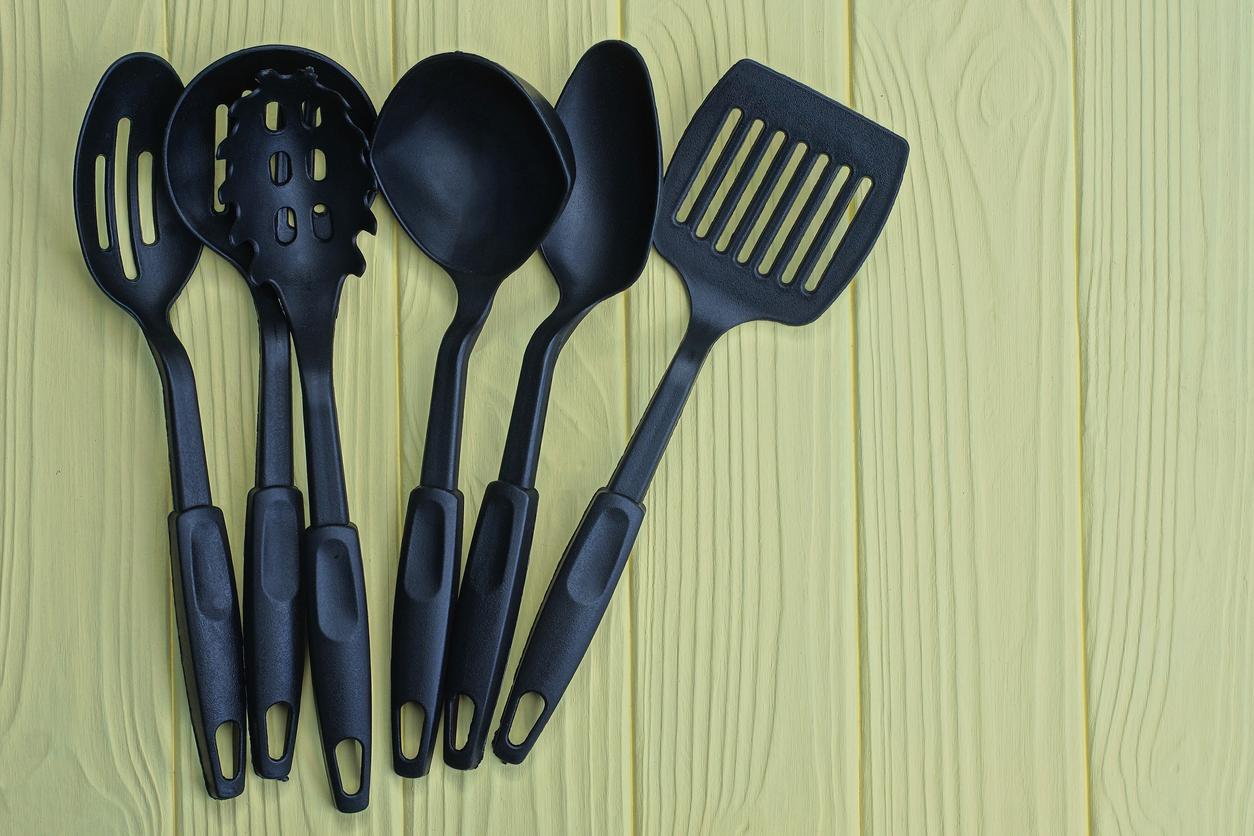Surgeon Eddy Hendriks tells
Of all operations that are performed annually in Dutch hospitals, the inguinal hernia is in first place. In Tergooiziekenhuizen, a ‘mat’ has recently been used for inguinal hernia surgery. As a result, people are less likely to experience chronic pain after surgery.
Surgeon Eddy Hendriks van Tergooiziekenhuizen talks about the inguinal hernia and the inguinal hernia surgery with the plastic mesh.
How does an inguinal hernia occur?
“An groin rupture is a bulge of the peritoneum through which the contents of the abdomen, for example a piece of intestine, come through a weak spot in the abdominal wall. In men, a known weak spot is the hole through which the spermatic cord runs. A hole that is too wide can also be congenital and cause an inguinal hernia in boys. In women, the uterine suspension band is a weak spot. The peak age for an inguinal hernia is above fifty, because the abdominal wall weakens at a later age. This increases the chance of a break. This can simply happen by, for example, lifting too much or coughing. How do you notice that? You see a swelling in the groin and often you also have pain.”
How is the inguinal hernia repaired?
“In the past, the fracture in the abdominal wall was sutured, nowadays every inguinal hernia in adults is repaired by reinforcing the abdominal wall with a plastic mat of 6 x 11 centimeters. It is as thin as lace curtains and prevents the break from coming through. The most common are the mats that have to be attached to the abdominal wall, there are also mats that can be attached to the abdominal wall with a kind of Velcro. and scar tissue. Applying such meshes requires a separate technique. A number of surgeons from our hospital have followed a special course in France, where this technique was developed.”
What surgical techniques are there?
“To apply the mesh in the groin, the surgeon can choose from two methods: a keyhole operation or a classic procedure. For the keyhole surgery, the surgeon only needs to make a few small incisions to place a mesh. It is a method that ensures quick recovery and relatively little pain. In the classic procedure, the mesh is placed through an incision of about six centimeters in the groin and then secured with stitches.”
Which method is most commonly used?
“That is about the same. In the Netherlands, most patients are still operated on according to the standard method. In our hospital, however, that percentage is between 20 and 30 percent. Which method I recommend to a patient depends on a number of factors. With the classic method the surgeon operates from the groin and approaches the fracture from the front, which is why this can be done under general or local anaesthetic, which makes this technique suitable for people who cannot, should or do not want to undergo general anesthesia or for people who have previously had lower abdominal surgery For example, a caesarean section. An inguinal hernia operation via keyhole surgery is only possible under general anesthesia. This is because the surgeon has to go through all layers of the abdominal wall up to the peritoneum to approach the hernia from behind. That cannot be numbed locally.”
Can you get a hernia more often?
“Yes, you can. In the past, the chance of recurrence of an inguinal hernia was about 20 percent. Since using the mat, this has been reduced to 5 percent. The technique we use in the event of a recurrence (return) depends on the technique used. applied the first time. If possible, we will alternate between the two operating methods.”
Your hospital has an inguinal hernia street. What is that?
“This is a so-called In1Dag treatment process in which, following the first appointment with the surgeon, the necessary preliminary examinations take place. The operation is often possible within three weeks. Whether someone is eligible for this procedure depends on age, health and whether there has been a stay in a foreign hospital. The advantage is that you only have to go to the hospital once for the operation.”
For more information: www.tergooiziekenhuizen.nl















